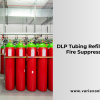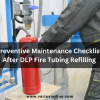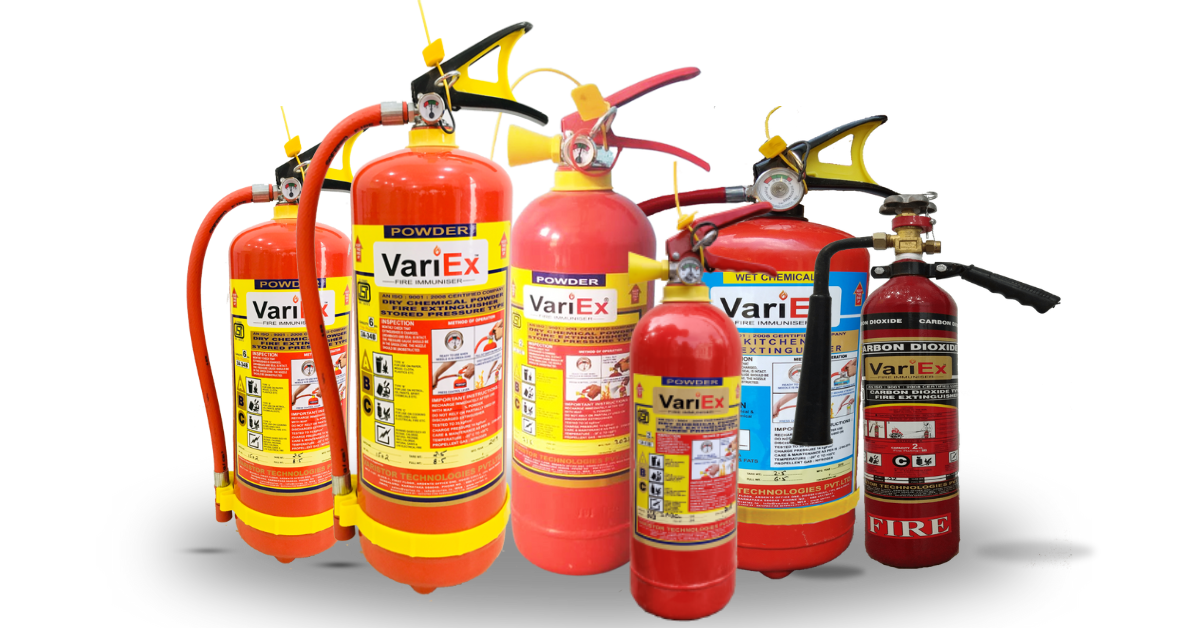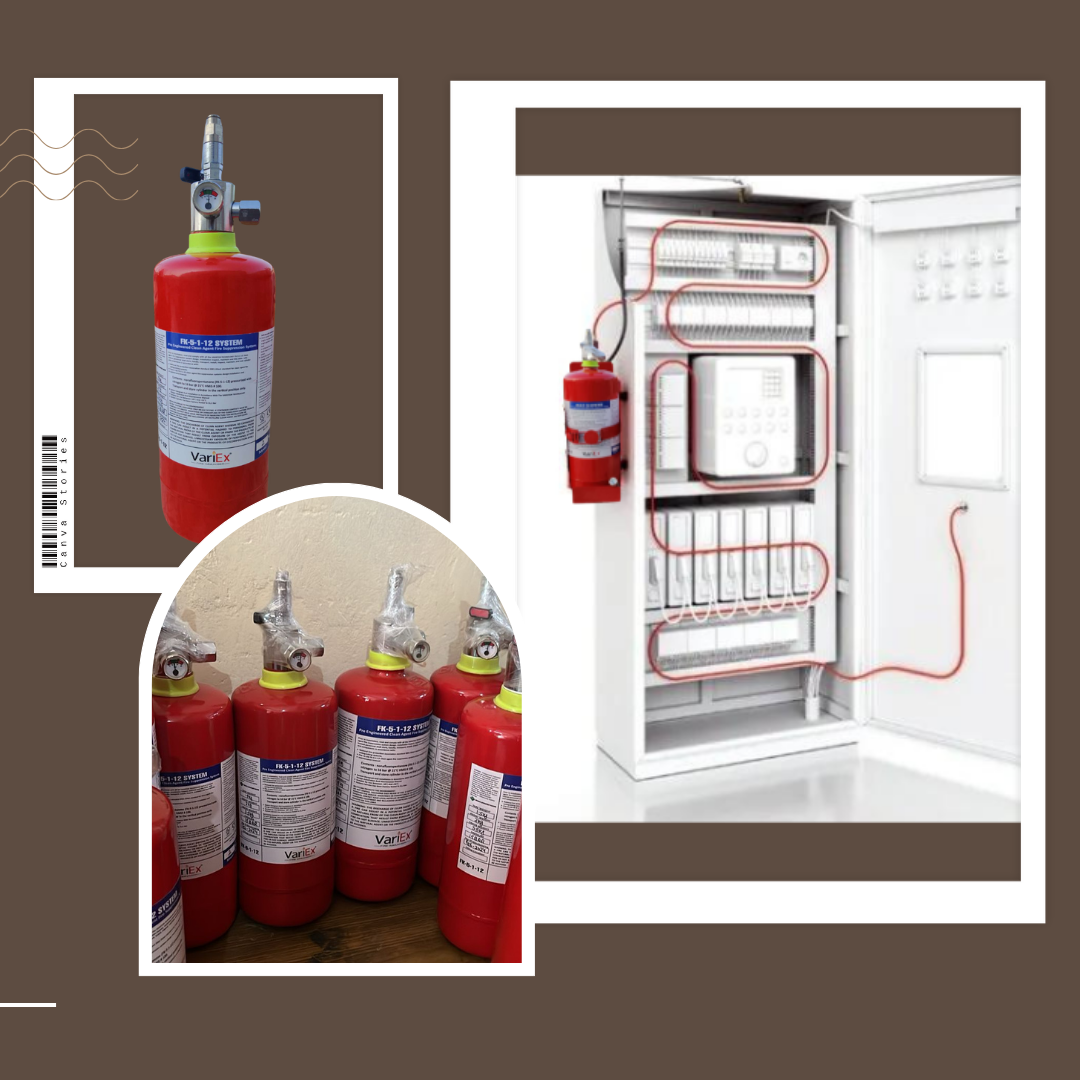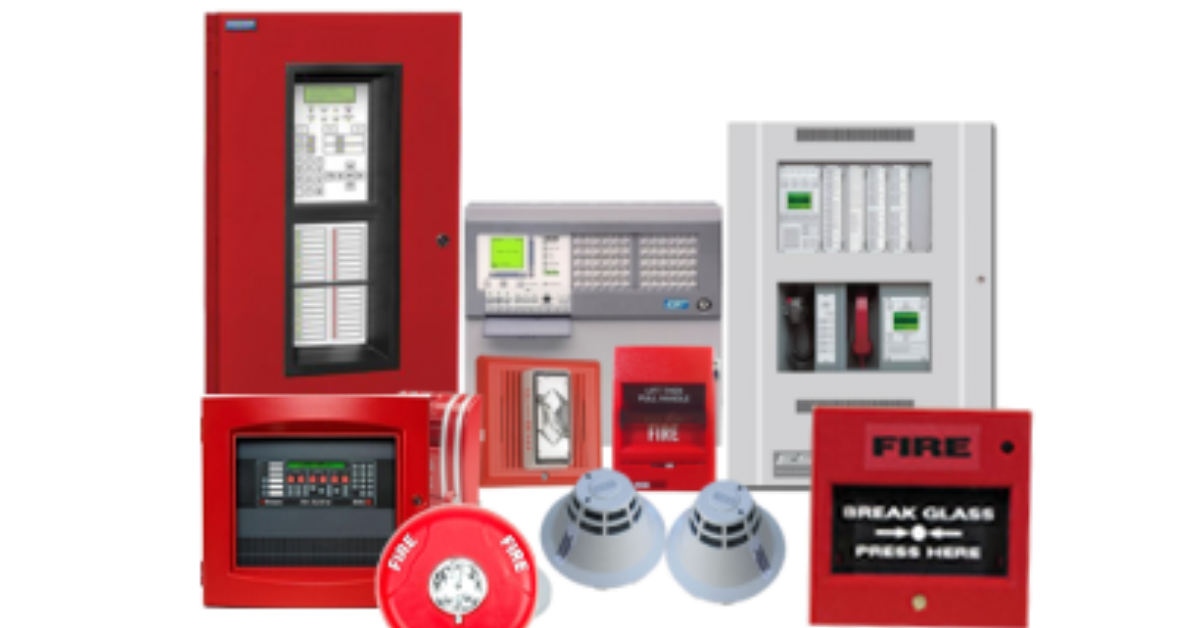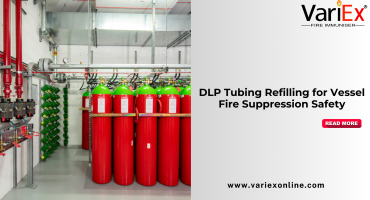![]()
Fire Immuniser
+91-7829629111
Email: info@variex.in
Varistor Technologies Pvt. Ltd.
Block-1, First Floor, Ardente Office One, Hoodi Circle, ITPL Main Road, Bengaluru, Karnataka 560048, IN
What Is Fixed Fire Fighting System
In the realm of fire safety, prevention is paramount. Fixed fire fighting systems play a vital role in safeguarding lives, property, and the environment by swiftly and effectively responding to fire emergencies. These systems are meticulously designed and strategically installed to combat fires in critical environments such as industrial facilities, commercial buildings, ships, and aircraft.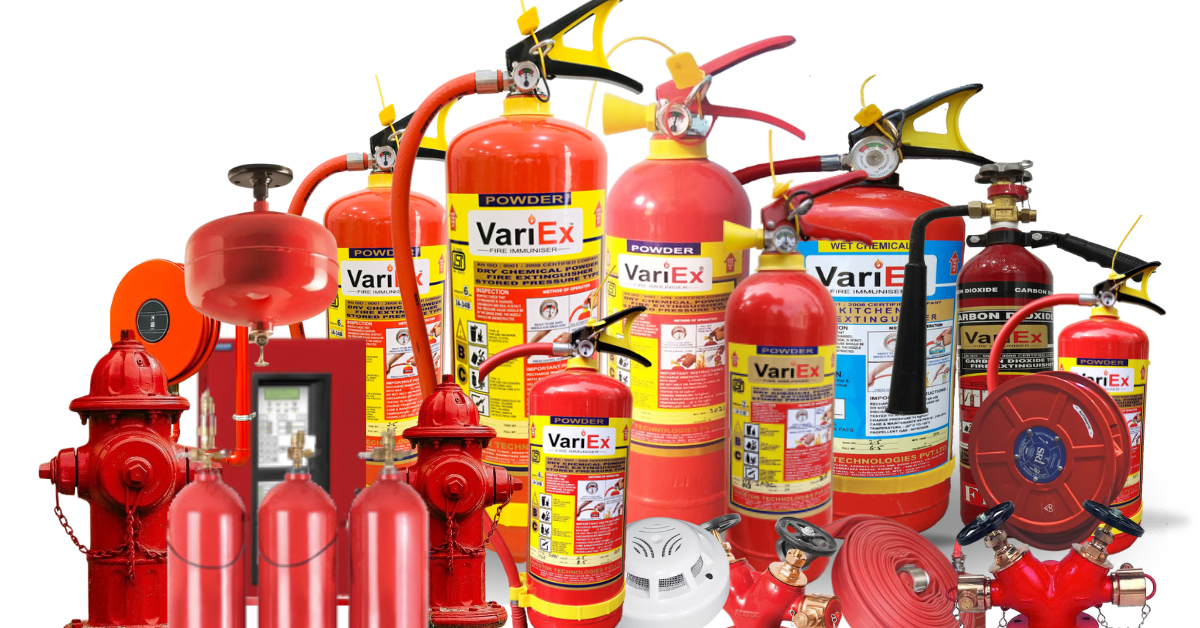
What are Fixed Fire Fighting Systems?
Fixed fire fighting systems are automated fire suppression systems designed to detect, contain, and extinguish fires without the need for human intervention. Unlike portable fire extinguishers, which require manual operation, fixed systems are permanently installed and activated automatically or manually in response to predetermined fire conditions.
Components of Fixed Fire Fighting Systems:
- Detection System: The detection system is the first line of defense in fixed fire fighting systems. It includes sensors, detectors, and alarms that detect the presence of fire or smoke. Common detection methods include heat sensors, smoke detectors, flame detectors, and infrared sensors.
- Control Panel: The control panel serves as the brain of the system, receiving signals from the detection system and initiating the appropriate response. It monitors the status of detectors, activates alarms, and triggers the release of fire suppression agents.
- Suppression Agent: Fixed fire fighting systems employ various suppression agents depending on the nature of the fire and the environment. Some common suppression agents include water, foam, dry chemicals, carbon dioxide (CO2), and inert gases such as nitrogen and argon.
- Distribution System: The distribution system delivers the suppression agent to the fire zone through a network of pipes, nozzles, valves, and cylinders. It ensures that the suppression agent is distributed evenly and effectively to suppress the fire.
- Activation Mechanism: Fixed systems can be activated automatically by the detection system or manually by personnel in the event of a fire. Automatic activation is based on predetermined parameters such as temperature, smoke density, or flame detection, while manual activation allows for immediate response when necessary.
Types of Fixed Fire Fighting Systems:
- Water-Based Systems: These systems use water as the primary suppression agent and are commonly found in buildings and facilities. Examples include sprinkler systems, deluge systems, and water mist systems.
- Gaseous Systems: Gaseous fire suppression systems extinguish fires by reducing the oxygen concentration or inhibiting the chemical reaction necessary for combustion. Examples include CO2 systems, clean agent systems (e.g., FM-200, Novec 1230), and inert gas systems.
- Foam-Based Systems: Foam fire suppression systems are effective for combating flammable liquid fires by forming a blanket of foam that suppresses vapors and prevents reignition. These systems are commonly used in industrial settings such as petrochemical plants and oil refineries.
Importance of Fixed Fire Fighting Systems:
- Rapid Response: Fixed systems provide rapid and automatic fire suppression, minimizing the spread of fire and reducing the potential for property damage and loss of life.
- 24/7 Protection: Fixed systems operate continuously, providing round-the-clock protection against fire hazards even when personnel are not present.
- Minimized Human Intervention: By automating the fire suppression process, fixed systems reduce the reliance on human intervention, thereby enhancing safety in high-risk environments.
- Preservation of Assets: By swiftly containing and extinguishing fires, fixed systems help protect valuable assets, equipment, and critical infrastructure from destruction.
- Compliance with Regulations: Many industries and jurisdictions have specific regulations and codes mandating the installation of fixed fire fighting systems to ensure compliance with safety standards and regulations.
Conclusion:
Fixed fire fighting systems are indispensable components of modern fire protection strategies, providing proactive measures to mitigate the devastating effects of fires in critical environments. By combining advanced technology with effective suppression agents, these systems offer a reliable and efficient means of safeguarding lives, property, and the environment against the destructive force of fire. Their importance cannot be overstated in ensuring the safety and resilience of various industries and communities worldwide.
Frequently Asked Questions
A fixed fire fighting system is an automated fire suppression system designed to detect, contain, and extinguish fires without the need for human intervention. It consists of various components such as detection systems, control panels, suppression agents, distribution systems, and activation mechanisms.
Fixed fire fighting systems work by detecting the presence of fire or smoke through sensors and detectors. Once a fire is detected, the control panel activates the suppression agent, which is then distributed through a network of pipes and nozzles to extinguish the fire. The system can be activated automatically or manually in response to predetermined fire conditions.
Fixed fire fighting systems utilize various suppression agents depending on the type of fire and the environment. Common suppression agents include water, foam, dry chemicals, carbon dioxide (CO2), and inert gases such as nitrogen and argon.
Fixed fire fighting systems are installed in critical environments such as industrial facilities, commercial buildings, ships, aircraft, data centers, power plants, and oil refineries. They are also prevalent in high-risk areas where fire hazards are present.
The benefits of fixed fire fighting systems include rapid response to fires, 24/7 protection, minimized human intervention, preservation of assets, and compliance with safety regulations. These systems provide proactive measures to mitigate the devastating effects of fires and enhance safety in various industries and communities.
Explore our products Range
Final Say
We at VariEx.in or Variexonline.com have mastered the art of designing, installing, inspecting, and fixing automatic sprinkler systems with the help of our in-house team, which is capable of delivering the fire sprinkler services you need, whether large or small and at affordable cost.
To schedule a fire sprinkler installation, or you think our services could benefit your commercial property, contact us online or give us a call at, 7829629111
"WHAT YOU CAN READ NEXT"
 Read more +24 November 2023 in Fire Extinguisher
Read more +24 November 2023 in Fire ExtinguisherWhat types of fire extinguishers are available for different fire classes?
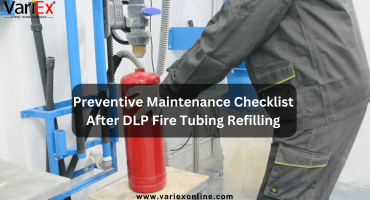 Read more +11 July 2025 in Fire Suppression
Read more +11 July 2025 in Fire Suppression

